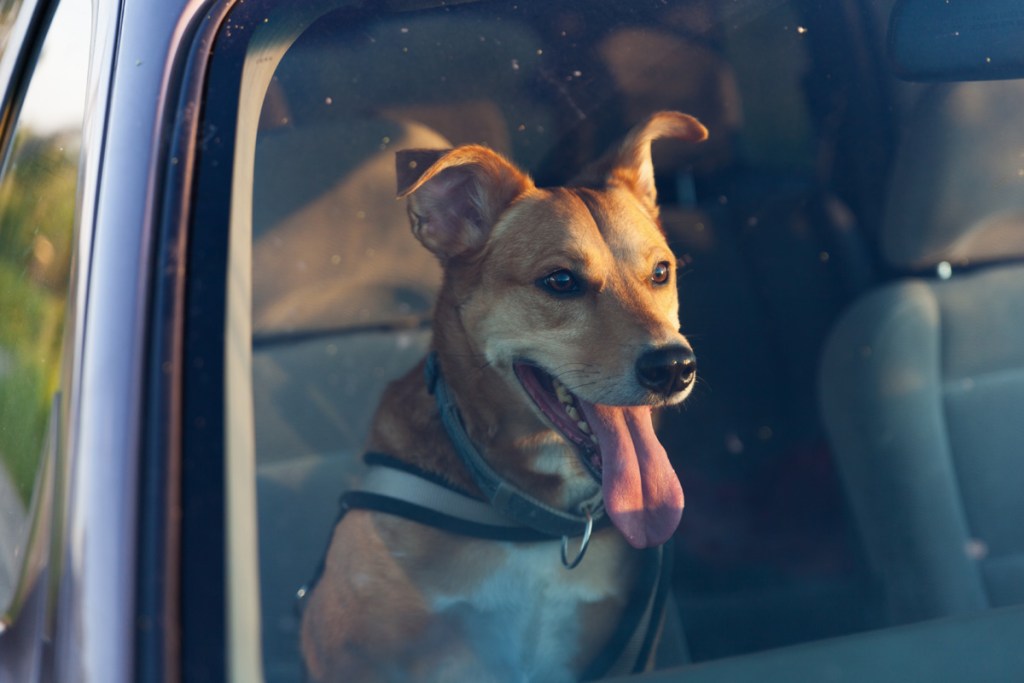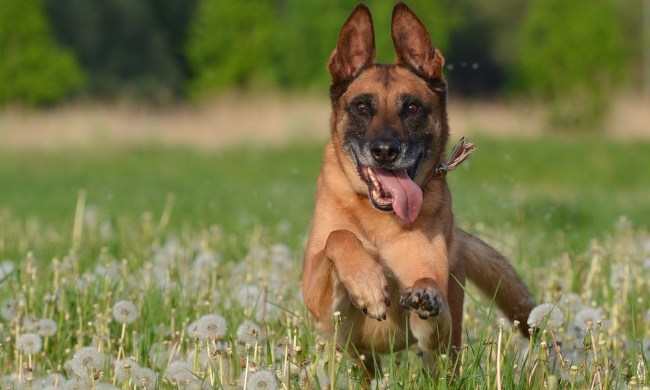You’re playing ball in the yard with your dog but can’t enjoy the game because there’s a pair of sad eyes watching you through the fence. Just like every other day, your neighbor’s dog is chained to a tree without water and shelter. The family ignores her completely, and you know she’s miserable. You’ve offered to walk and play with her, but your neighbor has refused. What else can you do? Every state has animal cruelty laws, but they can’t be enforced if abuse isn’t reported, say experts at the Humane Society of the United States. If you’re worried about the well-being of a neighbor’s dog, please call your local animal control agency and share your concerns.

Which animals are protected by law?
According to the Animal Legal Defense Fund (ALDF), pets who share our homes enjoy more protection than other animals. Legally, the animal companion category is often limited to dogs and cats, but it may include birds, horses, and other pets as well. Most companion animal protection laws happen at the state level, with some cities and counties passing local ordinances to protect pets. It’s not unusual, say ALDF experts, for new animal protection measures to begin at city or county levels before being taken up by state legislators in response to public demand.
What is considered to be animal cruelty?
Every state has laws prohibiting animal cruelty, and all of them contain felony provisions. On January 1, 2016, the FBI added cruelty to animals as a category in the Uniform Crime Report, a nationwide crime reporting system commonly used in homicide investigations. Following are the most common examples of animal cruelty reported to the authorities:
Neglect
This is a failure to provide basic needs, such as food, shelter, and veterinary care for pets.
Direct abuse
This type of abuse is when someone beats or physically attacks an animal. According to the HSUS, several studies have revealed that a staggering number of animals are abused in domestic violence and child abuse cases. Additionally, studies show that violent offenders frequently have childhood and adolescent histories of serious and repeated animal cruelty.
Providing inadequate shelter
From oppressive heat to chilling cold, extreme temperatures can be deadly for animals left outside without proper shelter.
Hoarding
Animals living in hoarding situations suffer from extreme neglect and are often sick, emaciated, lethargic, and not well socialized.
Chained or tethered dogs
Dogs who are tied continuously suffer tremendously from social isolation and exposure to predators and the elements. Many states have anti-tethering laws.
Abandonment
A startling number of animals are abandoned when people move out of their residences and leave their pets behind, according to the HSUS. Often, it’s the frantic barking or meowing of abandoned pets that alerts neighbors to the problem.
Pets left in cars in hot weather
Leaving pets locked in cars is never safe, but when the weather gets warmer, it can be deadly. Some states have hot car laws that criminalize the behavior and punish pet owners for it.

How can you prove animal cruelty?
Legal experts say that it’s important to document animal cruelty. Record the dates, times, and specific details of the abuse. If possible, use your phone to get video footage and photos. This type of evidence will help with the investigation.
Be sure you know who handles animal cruelty cases in your community so that you can get help quickly. Some municipalities have cruelty enforcement agents or cruelty investigators, while others leave these cases to the animal control officers or the local police.
What is the punishment for animal abuse?
Depending on the severity of the case, those convicted of animal cruelty can be fined and/or imprisoned. According to the HSUS, 49 states have laws to provide felony penalties for animal torture on the first offense. Sentencing in animal cruelty cases can include individual or family counseling, community service, and a prohibition on owning or caring for animals in the future. It may also include placement in a diversion program run by the Animals and Society Institute. The goal of this program is to increase accountability and provide education on animal care and well-being to help prevent repeat abuse.
You can learn about animal protection laws in your state by reviewing the ALDF State Animal Protection Laws Ranking Report. These reports include information on how each state can improve and news about upcoming legislation. Once educated, you can reach out to lawmakers to ask them to support bills that help protect animals. Whether reporting abuse or supporting animal protection laws, it’s up to us to make the world a better place for defenseless animals.



